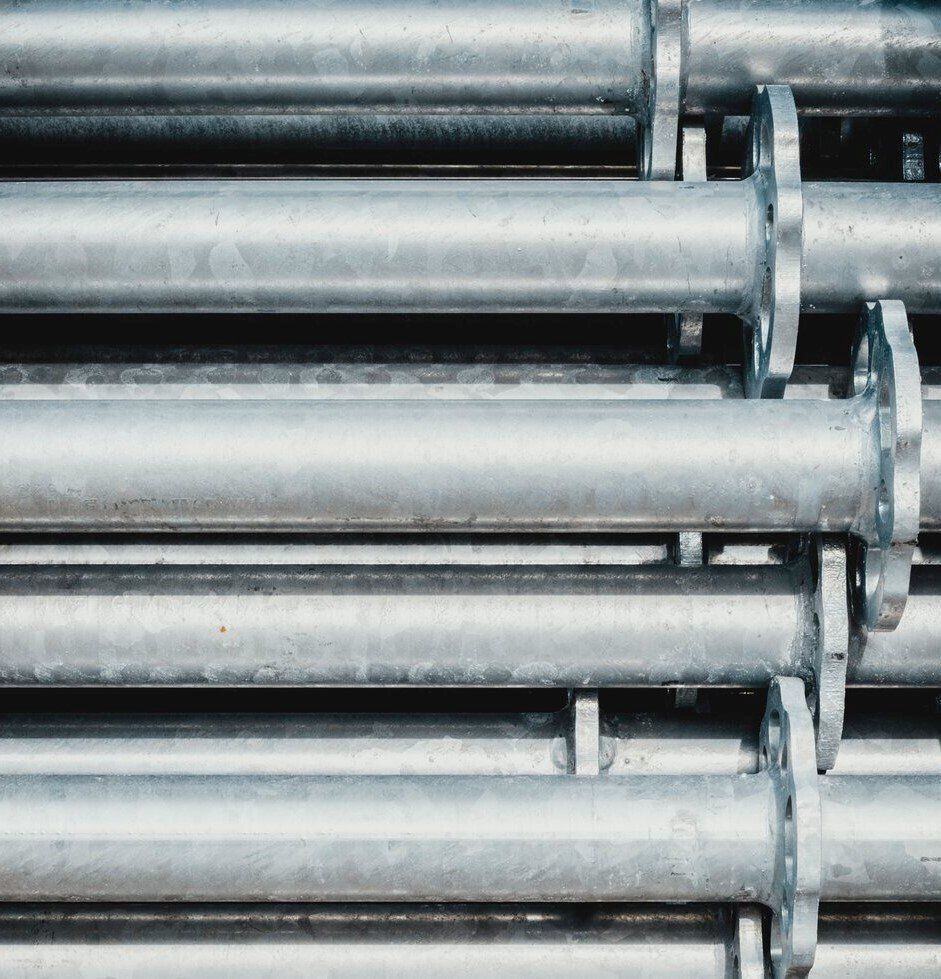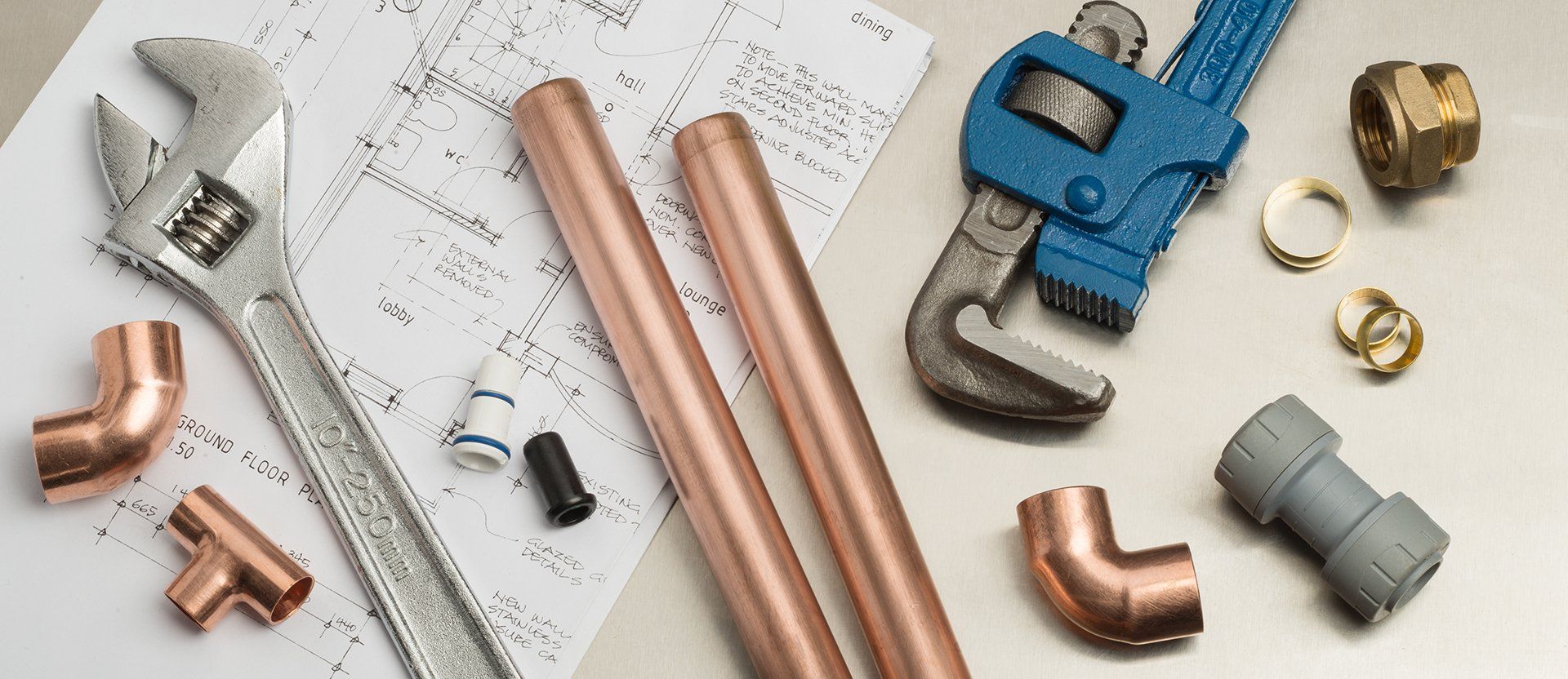Fall Plumbing Maintenance Tips
Cooler temperatures in the fall and winter months mean that it’s important to maintain your home’s indoor and outdoor plumbing. Doing simple maintenance tasks regularly can help prevent costly plumbing issues in the future. Here are a few of the plumbing-related tasks that you should do during the fall season.
Garden Hoses
During the fall season, be sure to protect your garden hoses from freezing temperatures by removing, draining and storing them properly. Disconnect the hose from the water supply; drain the water from inside the hose, and store the hose in a part of your home that’s far away from cold temperatures, like in a basement or a garage.
If the hose isn’t drained properly, cold temperatures can cause the water inside to freeze and expand. The expansion will cause the hose to break and you don’t want that!
Turn Off Your Hose Bibb (Outdoor Faucet)
In autumn it’s also essential to turn off your outdoor faucet. To turn off your outdoor faucet remove garden hoses from the spigot, remove any kinks or knots you find in the hose and then drain the water from inside the hose. Then inspect your outdoor faucet for leaks and repair them if you find any. Water can build up inside the hose and freeze causing major problems. Cover your hose with a foam cover to protect the valve from the cold.
Water Heater Maintenance
Water heater maintenance is another important plumbing task that needs to be done during the autumn months. Regular maintenance can extend the life of your water heater to up to twelve year. You should flush the water heater every year. Any certified plumbing professional can assist you with this. For example if you’re located in the Alexandria area, a simple internet search can help you locate an Alexandria plumber to make sure your water heater is working properly.
Inspect Your Sump Pump
There are a few steps that you need to take in order to ensure that your home’s sump pump is prepared for autumn rain and cold weather. Make sure the outside pipe and drain are clear of dirt and debris. You also need to check the water level in your sump pump’s pit. To do this, pour a bucket or pot of water into the pit and keep an eye on the water level. The float on the sump pump should rise. The pump will turn on before the water reaches the top of the pit. If it doesn’t, consult a certified plumbing professional to repair the float. And finally, make sure that your sump pump is plugged in properly. Following these simple steps will ensure that the plumbing system in your home is functioning efficiently. Regular plumbing maintenance will prevent expensive and potentially dangerous plumbing problems from occurring in your home. Maintain your home’s plumbing will not only keep your family safe and healthy, but it will also keep your home looking beautiful, clean, and like new for years to come.
You might also like




